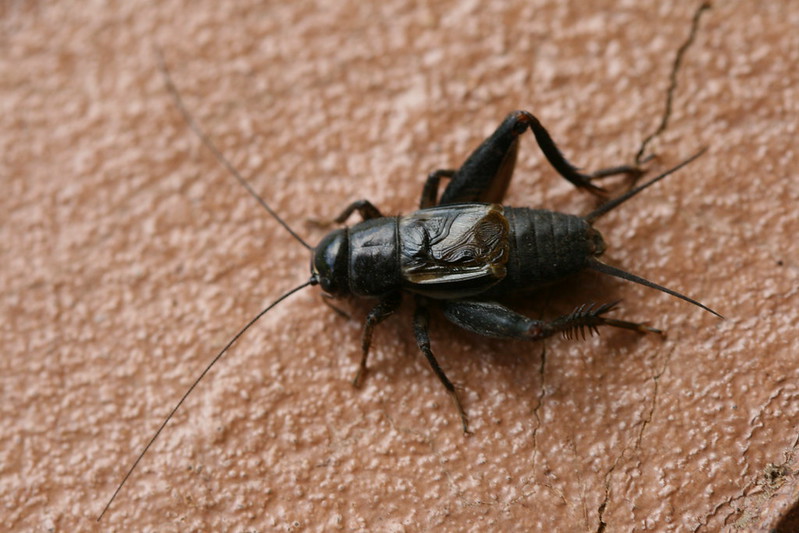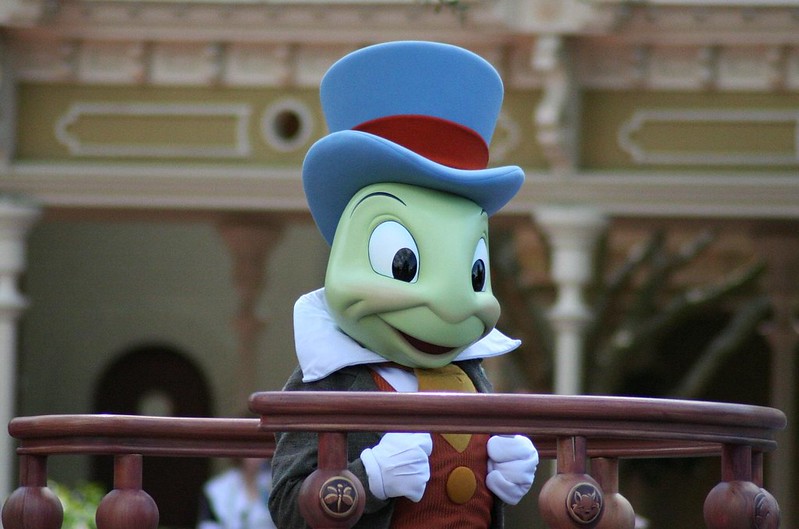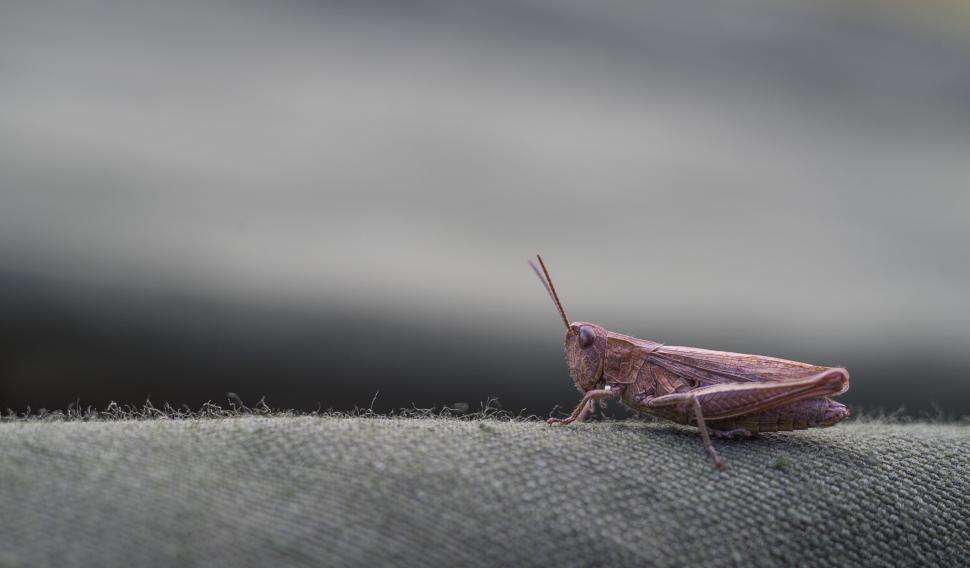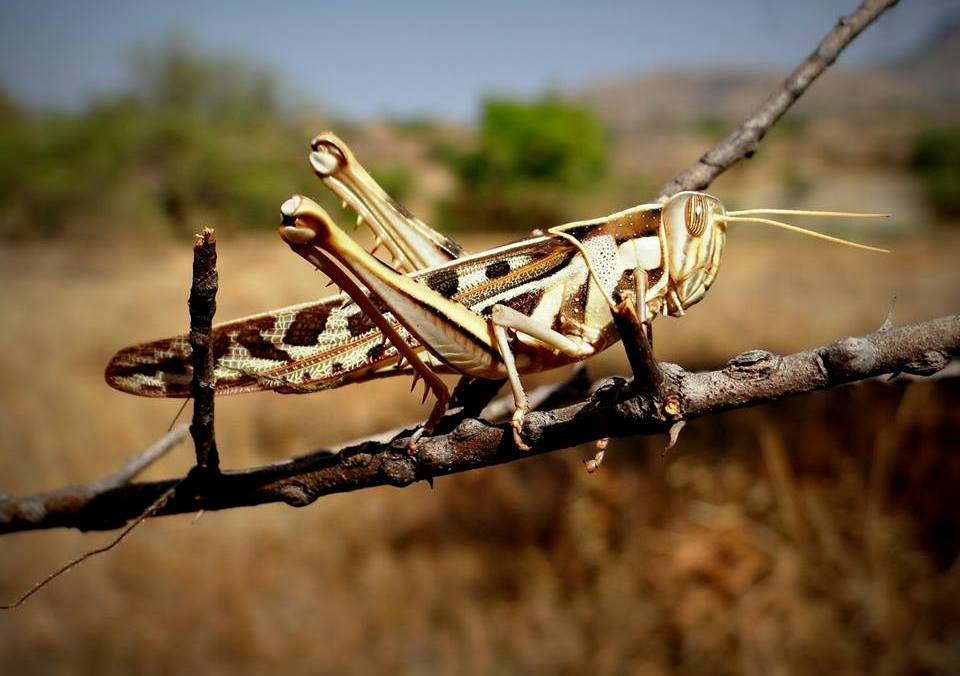How many eggs do crickets lay?
Generally, most breeds of crickets lay 5-10 eggs a day. Throughout her life, a female cricket will go through the egg-laying cycle nearly 10 times. So that means about a hundred eggs from a single cricket.
However, not all eggs survive, and not all newly hatched crickets survive either. Not to mention some female crickets are less prolific than others.
Still, as a general rule of thumb, expect a single female cricket to lay around 60-100 eggs in her lifetime.
Given enough food, water, and a satisfactory temperature – crickets will keep mating and reproducing abundantly. They are one of the fastest-growing “crops” and if you’re breeding them for your pets, you have a free supply of pet food (such as for geckos, chameleons, snakes, bearded dragons, and so on).
Where do they lay eggs?
Male crickets have a tendency to destroy eggs, so female crickets lay eggs in places that are hard to find or hard to reach for these predatory males.
- House crickets typically lay eggs in crevices, wall cracks, moist areas, dark flooring spaces, etc.
- Field crickets lay eggs throughout the forest floor such as in the soil or tree trunks and other plant material.
In addition to finding tricky hiding places, females routinely relocate the eggs. This can make it difficult to address interior home infestations.
The first relocation typically happens within a week of laying the eggs at the original place.
How often do they lay eggs?
Like other insects, Crickets reproduce quickly and frequently.
The female cricket can begin laying eggs from the age of 8-10 days old after mating. She will lay eggs in batches for close to two months.
The cricket mating season typically takes place in the spring. The hatching period largely depends on the temperature. More heat means more egg activity, and you can hatch cricket eggs faster by supplying (slightly) more heat to the incubation. For example, taking the heat up to 86°F will make the eggs hatch in 13 days, much faster than the room temperature’s (74°F) 26 days.
A female cricket stores up sperm from multiple male crickets. She then keeps laying eggs for 2-3 weeks, every other day. After 2-3 weeks, the cricket must re-mate to refill on her stored sperms to lay eggs again.
What do cricket eggs look like?
Cricket eggs look like shiny little grains of rice. It’s easy to miss cricket eggs in grains of sand or soil — but sometimes females can be found carrying sacks of eggs on their backside.
Citations and Credits





